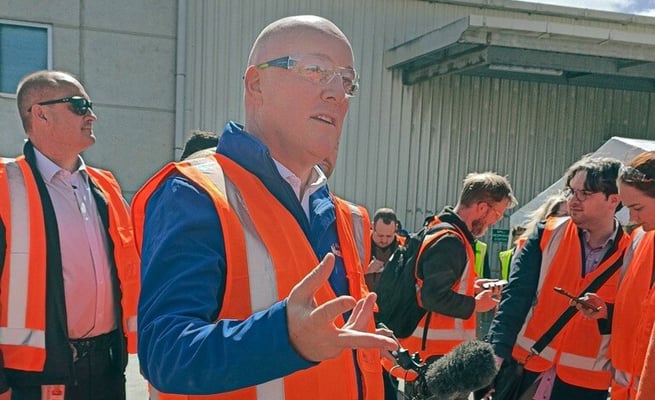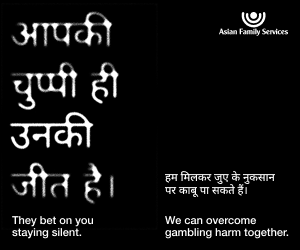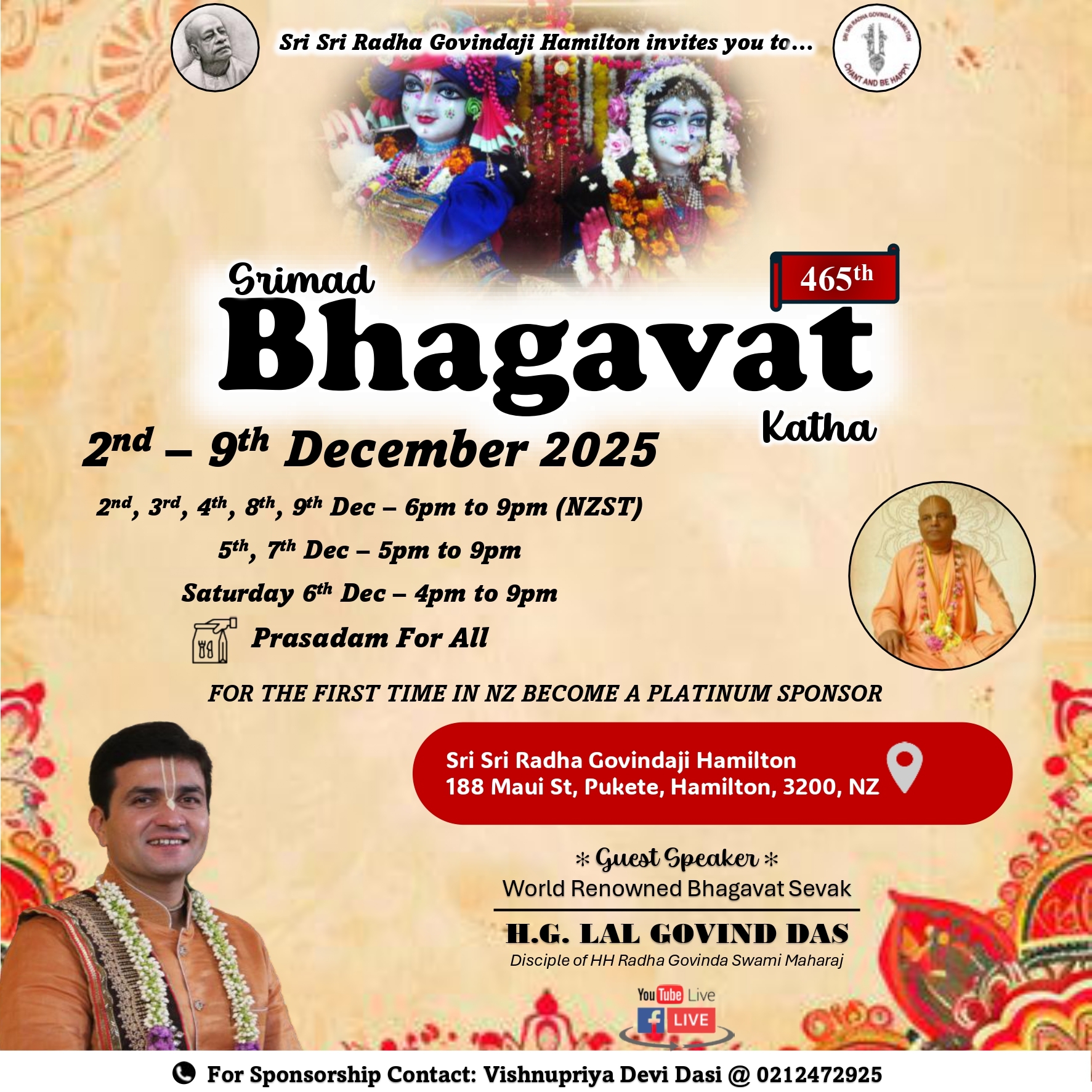Analysis: What does the election result mean for Kiwi-Indians?

One of the defining features of the 2017 New Zealand election results, which swept Jacinda Ardern-led Labour to victory, was the sheer diversity of winning candidates that it threw up.
There was diversity in the true sense of the term – ethnic, racial, gender, even religious. That political landscape was emblematic of the evolving, vibrant multiethnic, multicultural society that NZ had grown to become over the past few decades.
In contrast, the National party of the time seemed more a mono-cultural, predominantly white male dominated party, that did not seem in tune with NZ’s rapidly diversifying demographic.
Whether consciously or not, National did take a leaf out of that Labour playbook and announced an unprecedented number of non-white candidates for the 2023 elections. The party fielded its largest ever cohort of Kiwi-Indian candidates this year – at least half a dozen.
However, that tack hasn’t quite played out as it did for Labour in 2017. The nature of MMP, the stunning upsets and flips that have happened in this election and the comparatively lower list ranking those Kiwi Indian candidates got in National’s scheme of things has ensured that not a single Kiwi Indian candidate has been able to make their way into the winning National caucus.
While the vagaries of the MMP system make it nearly impossible to accurately work out electoral math, it is quite clear here that National clearly assumed that it’s vote share would ensure that the bulk of its list would be in parliament. It probably did not bargain for such stunning success in electoral seats. Labour’s traditional bastions across the country simply crumbled giving the National-Act coalition unprecedented electoral success in those seats. For instance, the ‘red wall’ of west Auckland, simply turned blue – something no pollster would have predicted.
Perhaps according to its calculations, Kiwi Indian candidate Siva Killari would have been a shoo-in at rank 30. Others like Mahesh Muralidhar (43), Navtej Randhava (46), Karuna Muth (51) and Ankit Bansal (52) are ranked much lower. None of these candidates were able to conjure any electoral magic either (unlike how Priyanca Radhakrishnan and Gaurav Sharma did for Labour in 2020). Or for that matter how National’s Carlos Cheung (48) did this election in Mount Roskill displacing none less that one-time prime ministerial hopeful Michael Wood.
As things stand, with more than half-a-million special votes still to be counted, the only Kiwi-Indian candidate in the winning National-Act coalition is Act Party’s Paramjeet Parmar, who despite polling less than 1000 votes, was ranked higher on the party list and finds herself a berth in her party’s caucus.
There is no doubt now that NZ First will receive a call from National sooner rather than later and there will be need for it to support the National-Act government in some way. But NZ also has no Kiwi Indian candidate this time around, so Parmar will lilely be the only Kiwi Indian ruling party MP.
Kiwi Indians voted National basically on two main issues – law and order and the economy including the cost of living crisis. Sadly, though, there will be no one of their own to fight for these extremely important issues in parliament. It will be important for the community, therefore, to engage more frequently and work closely with their electorate MPs on these matters to relay their voice in parliament – it is not the same as having their own in parliament, even if as a symbolic measure.
New Zealand voters seem to have got the change in government they desired. But the diversity they voted in at the 2017 election has been severely diminished. The National-Act coalition will have to work harder in prioritising their list factoring in not just the vagaries of the MMP system, but the NZ voter’s changing way of how they cast votes. Not an easy task – but it will have to be done, if parliament is to truly represent the growing diversity of NZ.
In that sense, this is not the ideal result Kiwi Indians would have hoped for.
One of the defining features of the 2017 New Zealand election results, which swept Jacinda Ardern-led Labour to victory, was the sheer diversity of winning candidates that it threw up.
There was diversity in the true sense of the term – ethnic, racial, gender, even religious. That political...
One of the defining features of the 2017 New Zealand election results, which swept Jacinda Ardern-led Labour to victory, was the sheer diversity of winning candidates that it threw up.
There was diversity in the true sense of the term – ethnic, racial, gender, even religious. That political landscape was emblematic of the evolving, vibrant multiethnic, multicultural society that NZ had grown to become over the past few decades.
In contrast, the National party of the time seemed more a mono-cultural, predominantly white male dominated party, that did not seem in tune with NZ’s rapidly diversifying demographic.
Whether consciously or not, National did take a leaf out of that Labour playbook and announced an unprecedented number of non-white candidates for the 2023 elections. The party fielded its largest ever cohort of Kiwi-Indian candidates this year – at least half a dozen.
However, that tack hasn’t quite played out as it did for Labour in 2017. The nature of MMP, the stunning upsets and flips that have happened in this election and the comparatively lower list ranking those Kiwi Indian candidates got in National’s scheme of things has ensured that not a single Kiwi Indian candidate has been able to make their way into the winning National caucus.
While the vagaries of the MMP system make it nearly impossible to accurately work out electoral math, it is quite clear here that National clearly assumed that it’s vote share would ensure that the bulk of its list would be in parliament. It probably did not bargain for such stunning success in electoral seats. Labour’s traditional bastions across the country simply crumbled giving the National-Act coalition unprecedented electoral success in those seats. For instance, the ‘red wall’ of west Auckland, simply turned blue – something no pollster would have predicted.
Perhaps according to its calculations, Kiwi Indian candidate Siva Killari would have been a shoo-in at rank 30. Others like Mahesh Muralidhar (43), Navtej Randhava (46), Karuna Muth (51) and Ankit Bansal (52) are ranked much lower. None of these candidates were able to conjure any electoral magic either (unlike how Priyanca Radhakrishnan and Gaurav Sharma did for Labour in 2020). Or for that matter how National’s Carlos Cheung (48) did this election in Mount Roskill displacing none less that one-time prime ministerial hopeful Michael Wood.
As things stand, with more than half-a-million special votes still to be counted, the only Kiwi-Indian candidate in the winning National-Act coalition is Act Party’s Paramjeet Parmar, who despite polling less than 1000 votes, was ranked higher on the party list and finds herself a berth in her party’s caucus.
There is no doubt now that NZ First will receive a call from National sooner rather than later and there will be need for it to support the National-Act government in some way. But NZ also has no Kiwi Indian candidate this time around, so Parmar will lilely be the only Kiwi Indian ruling party MP.
Kiwi Indians voted National basically on two main issues – law and order and the economy including the cost of living crisis. Sadly, though, there will be no one of their own to fight for these extremely important issues in parliament. It will be important for the community, therefore, to engage more frequently and work closely with their electorate MPs on these matters to relay their voice in parliament – it is not the same as having their own in parliament, even if as a symbolic measure.
New Zealand voters seem to have got the change in government they desired. But the diversity they voted in at the 2017 election has been severely diminished. The National-Act coalition will have to work harder in prioritising their list factoring in not just the vagaries of the MMP system, but the NZ voter’s changing way of how they cast votes. Not an easy task – but it will have to be done, if parliament is to truly represent the growing diversity of NZ.
In that sense, this is not the ideal result Kiwi Indians would have hoped for.









Leave a Comment